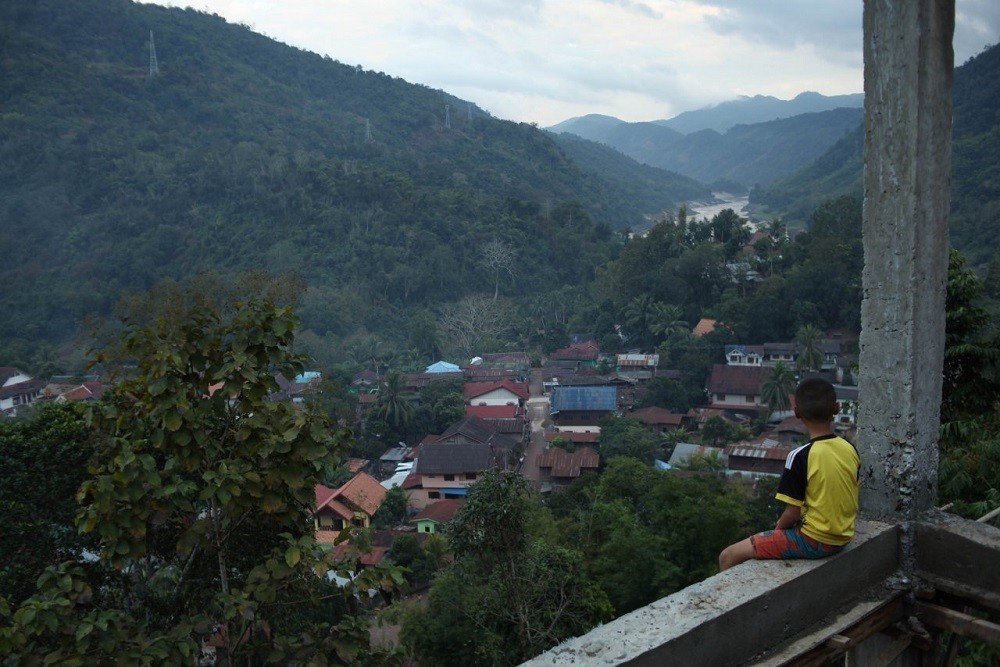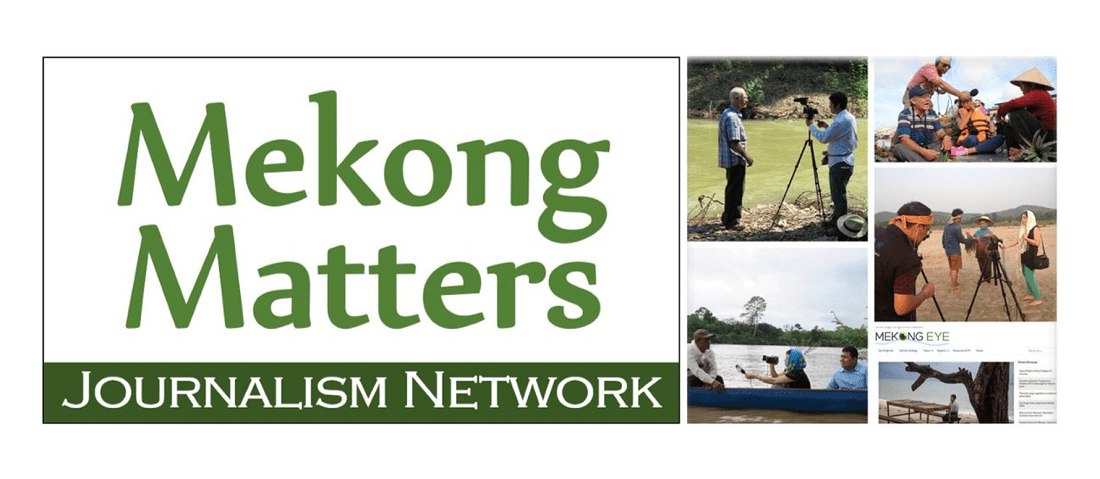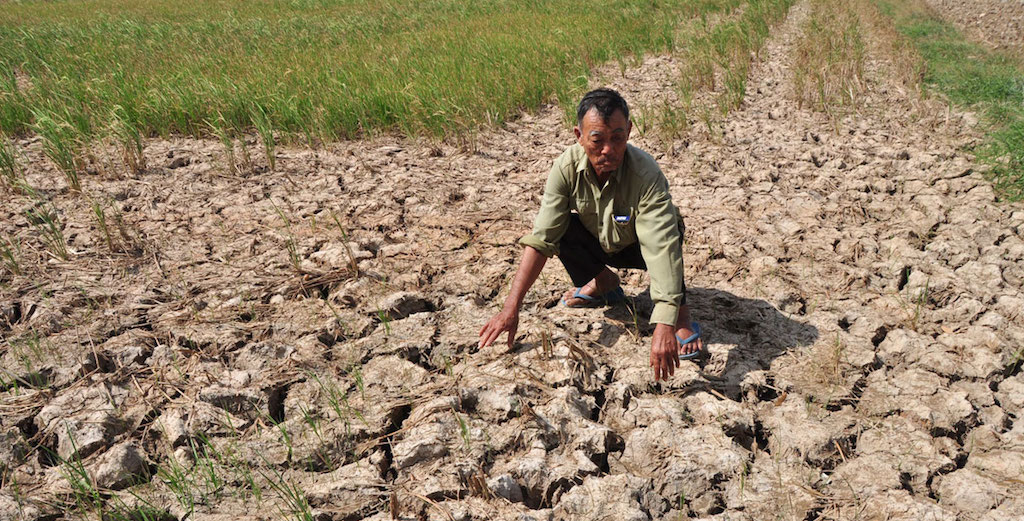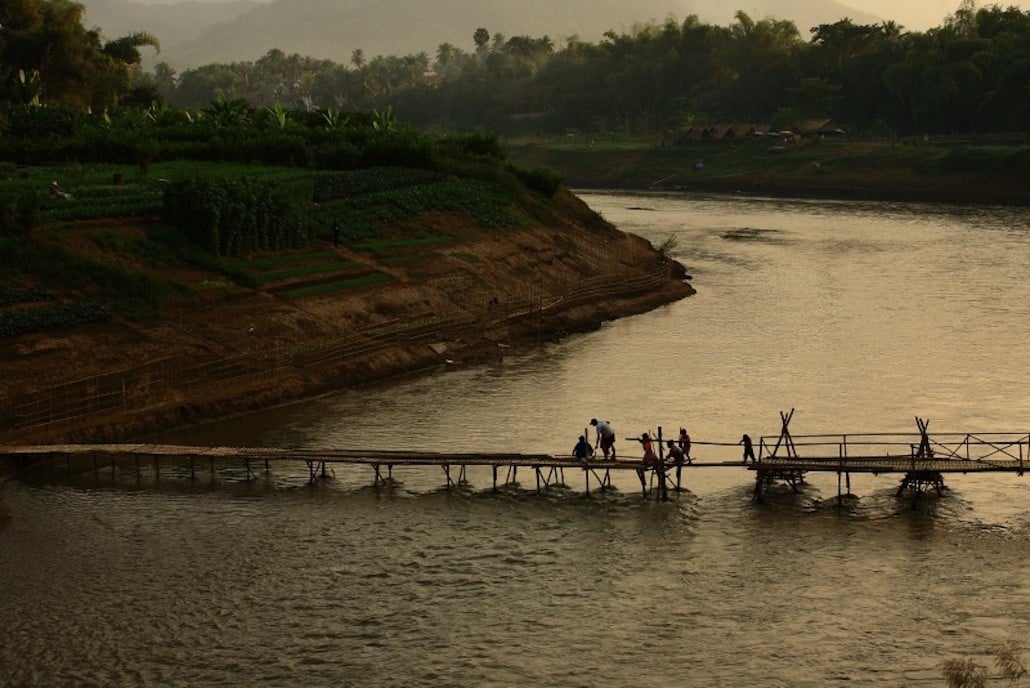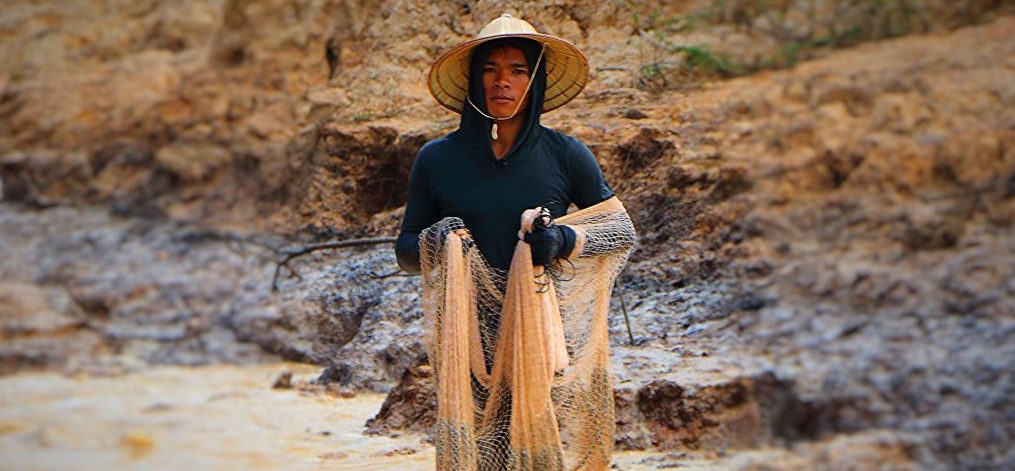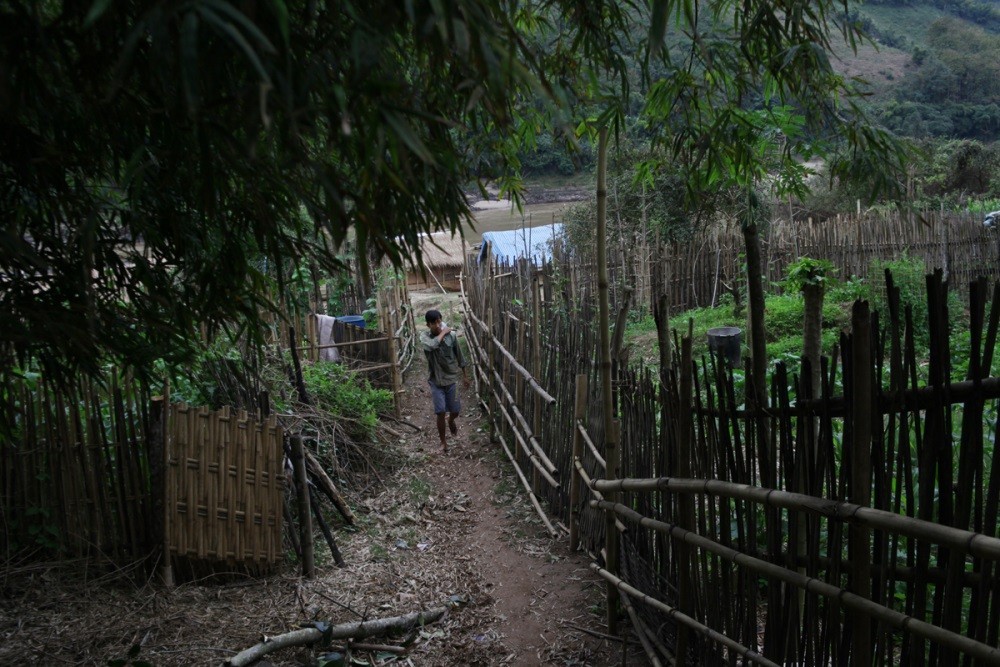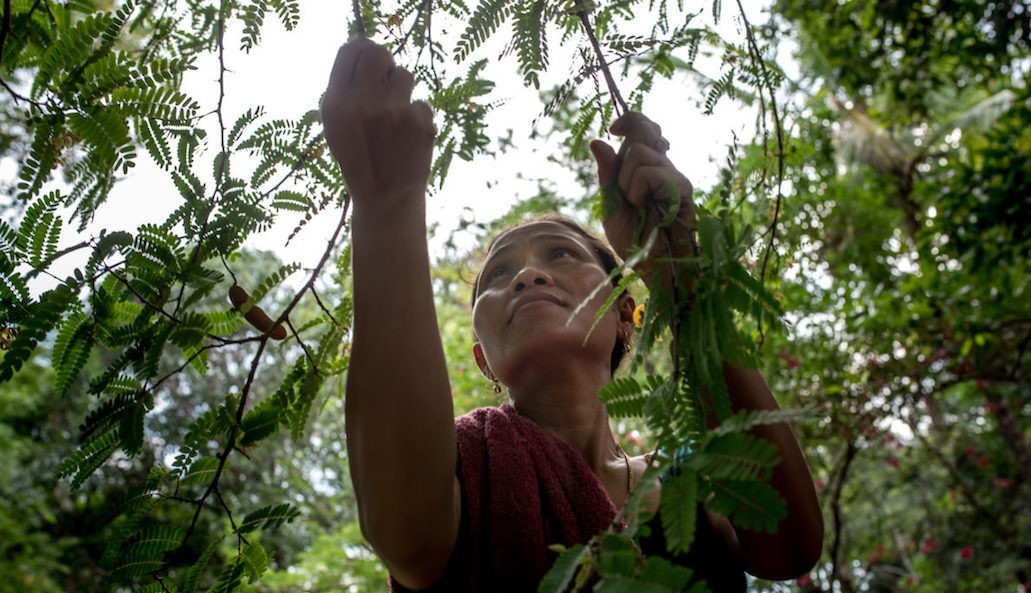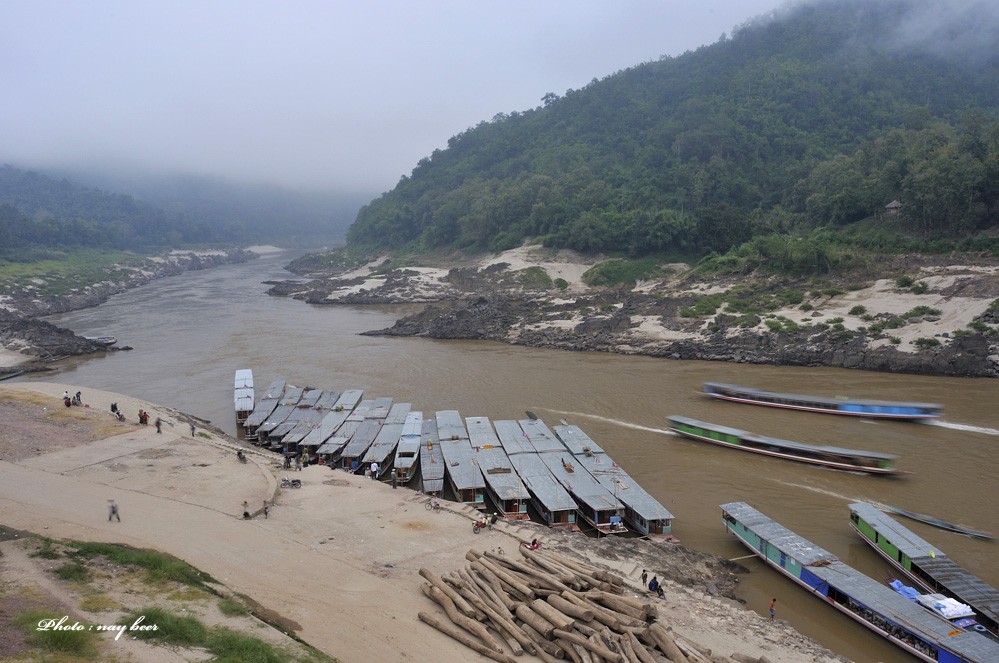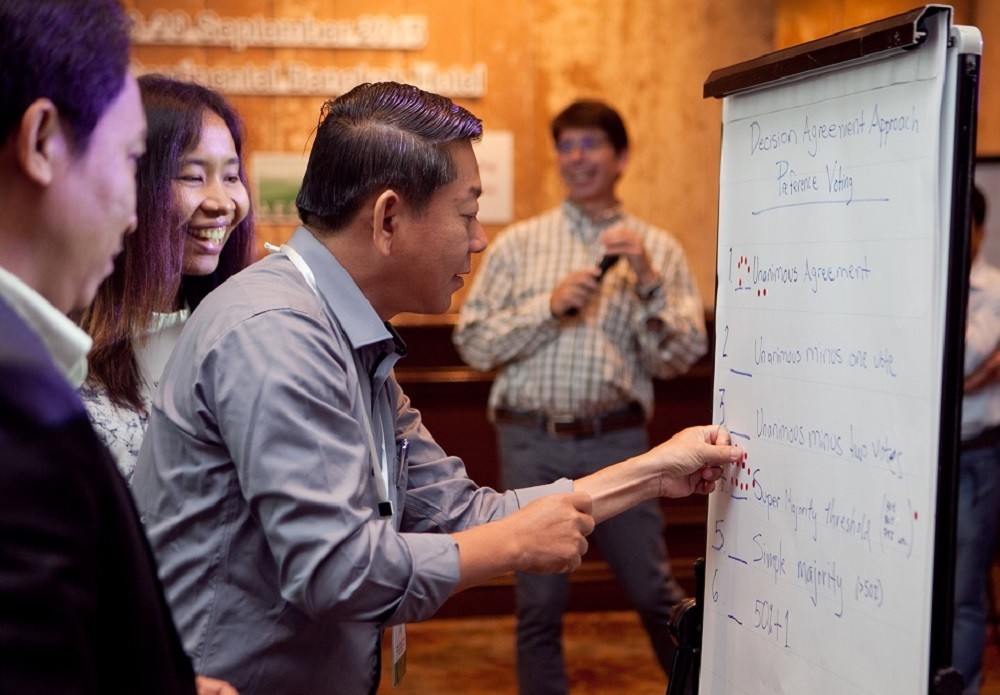DEPENDING on who you speak to, there are naturally differing perspectives in regard to the future of the Mekong River, as most people living along the river look for a sustainable future through conservation of the existing ecosystem, while governments seek balanced resource usage and benefit-sharing arrived at via diplomacy and negotiation.
Category: Mekong
Journalism Workshops & Grants Update: Climate, Data, Biodiversity, S. America Fellowship
New opportunities for environmental journalism grants, workshops and awards from Mekong Matters/EJN, our partners, and others.
Is Vietnam in for Another Devastating Drought?
Right now in coastal provinces around the Delta, thousands of farmers, especially those who miserably suffered during last year’s historic drought, are mobilizing to prepare for another similarly devastating drought, which is expected to arrive in the Delta in a few weeks.
The soul of the Mekong is in serious trouble
Prime Minister Prayut Chan-o-cha last week asked reporters why non-governmental organisations (NGOs), environmental activists and academics continue to protest against the planned blasting of rapids in the Mekong River.
He said many of these protesters are outsiders, meaning people who do not live by the riverside, do not fish its waters or make a living from the river and do not, in fact, have any stake in the river at all.
Threats to South-East Asia’s treasures
South-East Asia includes at least six of the world’s 25 “biodiversity hotspots” – areas of the world with an exceptional concentration of species, which are also under serious threat.
New study shows significant impact of Chinese dams on Mekong
Large dams on the Mekong River in China’s Yunnan Province have considerable impacts on downstream river flows, new research by myself and colleagues at Aalto University in Finland and published recently in the Journal of Hydropower has shown.
Drowning out traditions
The smiles that once brightened faces in Luangtong, a small community in Laos’ northwest Oudomxay province, have disappeared. These days the residents appear defeated, stunned by the knowledge that before long the land that has sustained them for generations will be submerged under the waters behind Pak Beng Dam.
Before the Flood: can the Bunong culture survive Cambodia’s Sesan II dam?
At a time when much of Cambodia is developing at a breakneck speed, where smartphones and BMWs have become almost as ubiquitous on the streets of Phnom Penh as saffron-robed monks, the village of Kbal Romeas inhabits a world apart. Tucked deep into the jungles of the country’s untamed northeast, the village has no convenience stores, streetlights, or paved roads. Instead, a visitor would be more likely to find a stretched snakeskin nailed to a piece of teak, drying in the midday sun as a testament to the animist beliefs of the people who live there.
Pak Beng Hydropower project looks set to move forward
The construction of the Pak Beng Hydropower Project is expected to begin at the end of this year after reaching agreement among Lower Mekong countries.
Mekong EIA “Dream Team” Reaches the Final Mile
After an eighteen month journey, a team of civil society and government experts from across the Mekong Region is poised to transform the way communities are engaged in development.
The team has developed the Guidelines on Public Participation in Environmental Impact Assessment (EIA) in the Mekong Region, which lays out a practical approach for governments, companies and communities looking to improve the social and environmental impacts of development projects such as dams, mines, power plants and economic zones.


